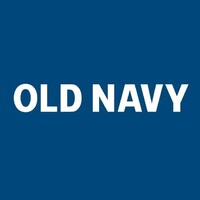
Old Navy
Forget what you know about old-school industry rules. When you work at Old Navy, you’re choosing a different path. From day one, we’ve been on a mission to democratize fashion and make shopping fun again. Our teams make style accessible to everyone, creating high-quality, must-have fashion essentials for the whole family, with love, season after season. We opened our first store in 1994 in San Francisco and have been on a roll ever since. Today, customers can find fabulous fashion at affordable prices online and in one of our 1,000+ stores globally. Old Navy celebrates a workplace that’s just as diverse as our customers. Fun, fashion, family and value are at the heart of everything we do. We cultivate a community of playful personalities that thrive in a fast-paced environment where our employees can be their most authentic selves. Here, we’re family. Old Navy – a brand for everyone, a place for you!






